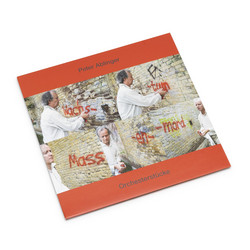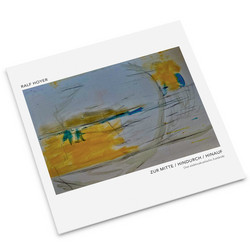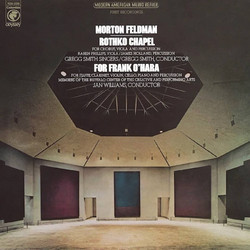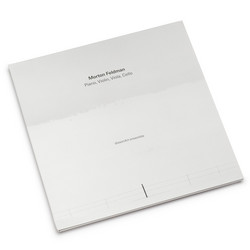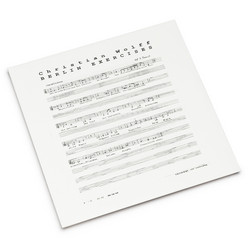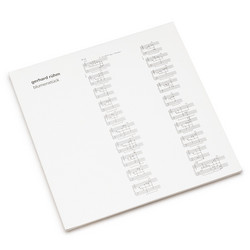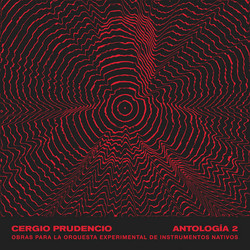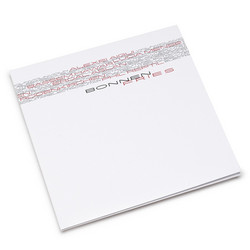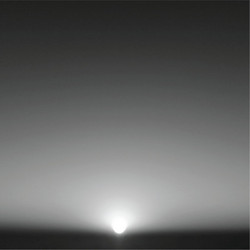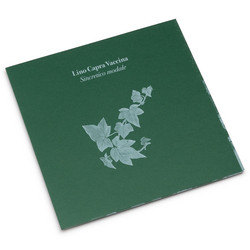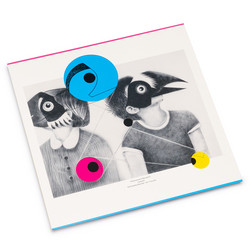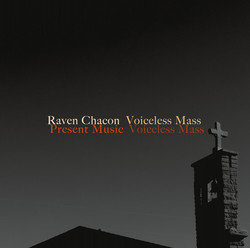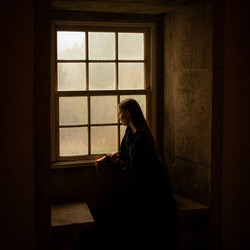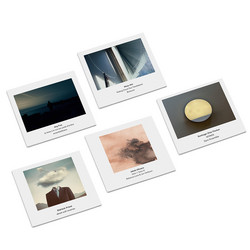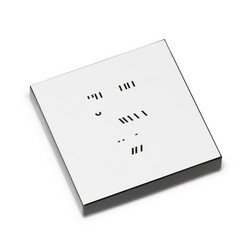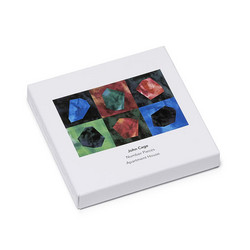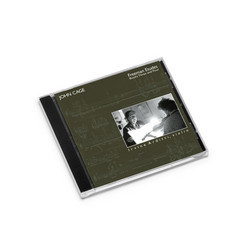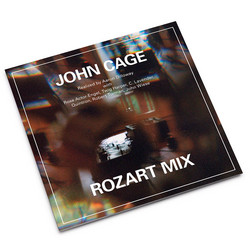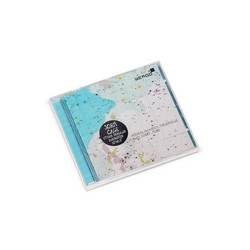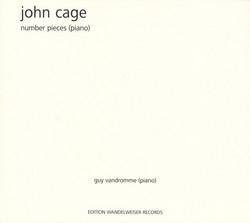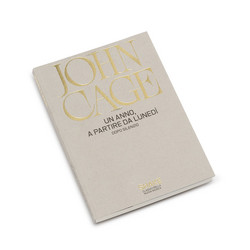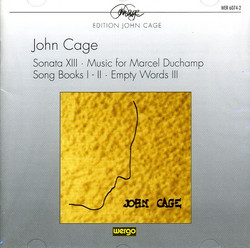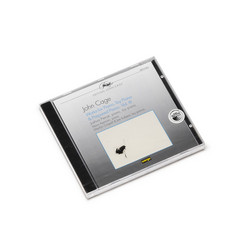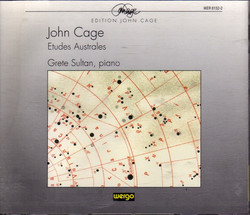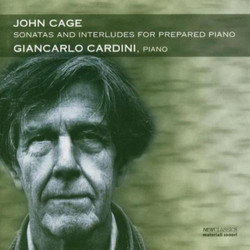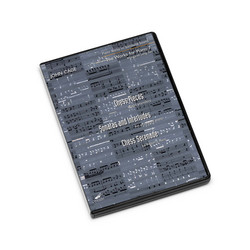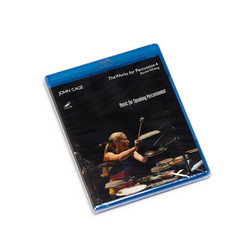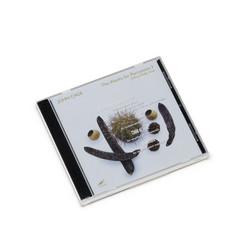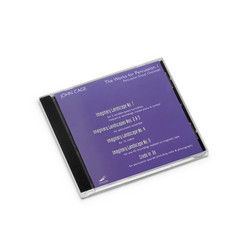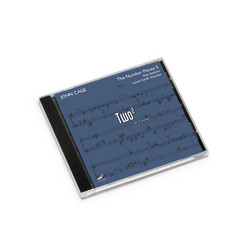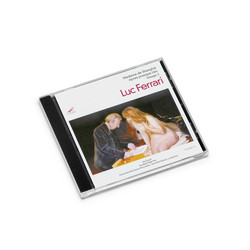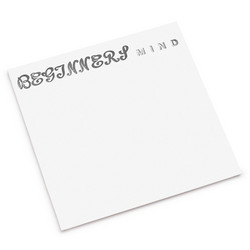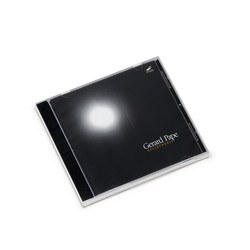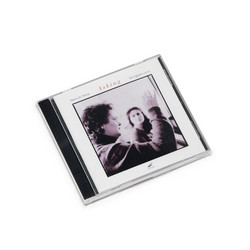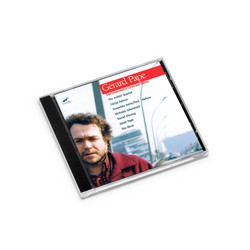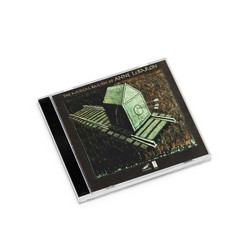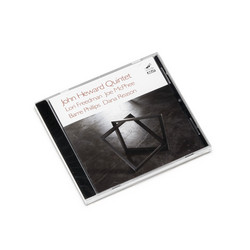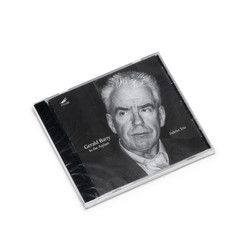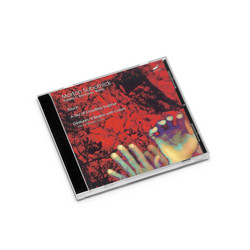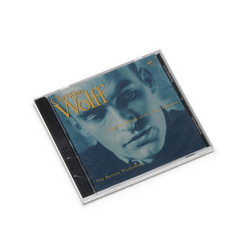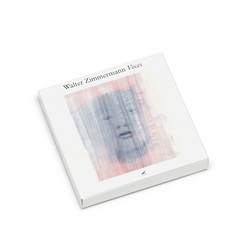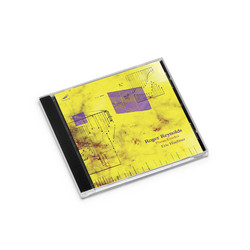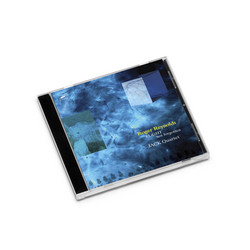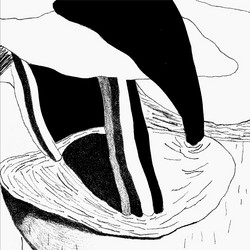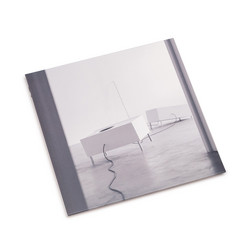During the last few years of his life, John Cage wrote many pieces in the same general vein as Five3. They are often referred to as "the number pieces." This references the titles of the pieces, which are all simply the number of the performers. Superscripts are added as necessary to distinguish the individual pieces (this is the third quintet, for example).
These works are also called "the time-bracket pieces," a reference to the notation of the pieces. Each event in the piece consists of three components: a short bit of music (usually a single note, but sometimes a phrase of a few tones or a series of chords) flanked on either side by pairs of timings. The timings on the right side indicate the range of time during which to start playing. The little bit of music indicates what to play. The timings on the left side indicate the range of time during which the playing must be completed. The piece appears before our ears, like magic, with the feeling that it could go on and on, replicating itself, assembling its future forever.
The superb Arditti Quartet, along with first violinist Irvine Arditti, continue their traversal of the complete works of Cage for string quartet and violin.
An original etching by John Cage, 9 Stones, graces the cover. Liner notes are by noted Cage scholar James Pritchett.
